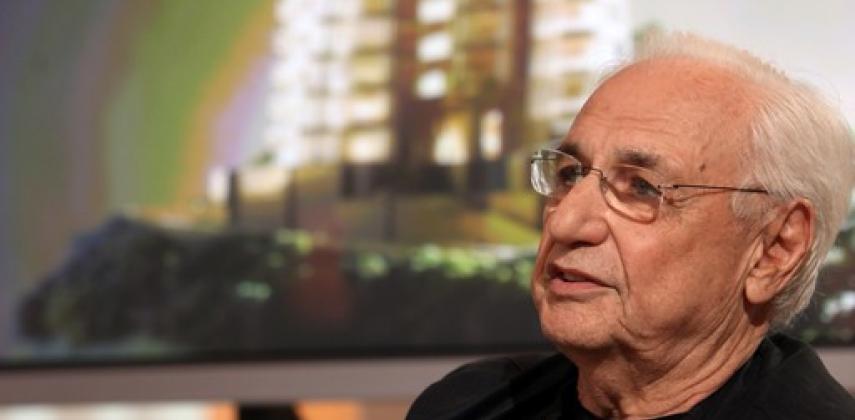Hong Kong has never been shy about embracing eye-catching skyscrapers, but these days, it is also focusing on the design and sustainability of buildings.
In addition to its design, according to developers, an environmentally friendly approach has been adopted wherever possible at Hotel ICON, the 262-deluxe-room teaching and research facility built for the Polytechnic University's School of Hotel and Tourism Management. "Hotel ICON is the first of its kind in Asia," says general manager Richard Hatter.
Environmentally friendly principles have been applied to all elements of the hotel, from selecting the materials to the use of local suppliers and insulating the building in a modern way. A prominent feature in Tsim Sha Tsui East, the hotel - designed by Rocco Yim of the Hong Kong-based Rocco Design Architects - is also partially powered by solar energy.
Nearing completion at 53 Stubbs Road, on The Peak, Swire Properties' OPUS Hong Kong was designed by starchitect Frank Gehry, responsible for iconic buildings such as the Guggenheim Museum Bilbao in Spain and the Walt Disney Concert Hall in Los Angeles.
Known for buildings that break through the constraints of traditional architecture in their use of unconventional materials and structures, Gehry designed OPUS by taking a cue from its lush surroundings. "I thought a building in such a beautiful natural spot should have an organic feel to it," says Gehry, in a Swire Properties press release.
As the concept of sustainability gains traction with leading Hong Kong developers, a number of property developers are incorporating the Hong Kong building environmental assessment method (BEAM) into their projects. The scheme evaluates and encourages innovative design and construction practices.
At the same time, BEAM promotes the use of local supplies of environmentally friendly materials, including sustainable timber, low-toxicity paints and ozone-friendly insulation.
The business case for greener buildings is well established. A United States building industry study, for example, found that certified green buildings cost 1.8 per cent more to design and construct, but yield 20 per cent cost savings over time.
To date, about 150 major developments in Hong Kong have received independent BEAM certification for high standards of building performance.
Formed in 2009 by four industry leaders - the Construction Industry Council, the Business Environment Council, the BEAM Society and the Professional Green Building Council - the Hong Kong Green Building Council (HKGBC) also strives to promote the creation of green building standards, and sustainable buildings, for a greener Hong Kong.
"Green buildings that are responsible to our environment and the wider world are a vital element of a market transformation to a green building environment in Hong Kong," says HKGBC chairman Andrew Chan.


